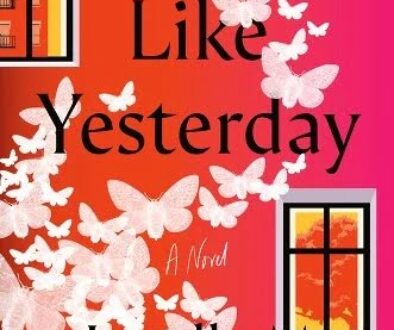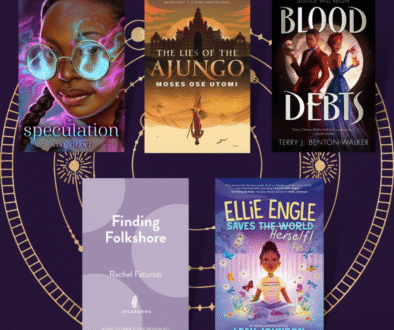The Plot Thickens: A Tall History of Sugar
Content warning: rape, child abandonment, suicide, homophobia
Released in paperback edition two weeks ago, A Tall History of Sugar lives up to its praise during its original hardcover release. Namely, as the New York Times Book Review noted, it is ‘a gift for grown up fans of fairy tales.’
As an avid fan of fairy tales—new to me and retold—A Tall History of Sugar uses the unrealistic aspects of the main character’s life as well as traditional African diasporic lore to craft a unique story about Moshe Fisher, a boy who was born skinless. Taking place in fictional Jamaica initially in the 1950s, the novel is a bildungsroman that uses Moshe’s fairytale-esque looks and gospel-like adoption story as a device to probe at the ways that human insecurities and atrocities affect individuals and communities. This novel maintains this fantastic vibe by exploring a range of pre-destined relationships among childhood friends to lovers, adoptive parents, and a mysterious Seer who claims relation to Moshe. From his adoptive mother, Rachel, finding him just when she’d wanted to love a child most desperately (invoking “The Baker and his Wife”), to the discovery of this child in a water driven basket a la Moses, Moshe’s origin spells out the trajectory of his full story. He spends most of his life wondering who he is and what he is supposed to want and do all while wishing that those responsible for his birth were around to guide him. A lot of his journey revolves around unfulfilled wants—his own, his parents’, his childhood best friend’s, Arríene Christie, and one-sided love interests further building on the wistfulness of fairy tales. In fact, what makes much of Moshe’s adult life interesting is his self-imposed exile to Europe after he is ostracized by peers at college in his home country of Jamaica after being linked to gay men—making him a prodigal son, of sorts.
Aiding the aforementioned aesthetic plot points is the formatting of the book itself. Not only do we see several sections of the story from different character perspectives, but it is structured in such a way that mimics the slip and wandering motions of recalled memories. Much of A Tall History of Sugar feels like a recollection of events brought upon by tangential directions of thought. Often the book seems as if it is told in the voice of Arríene but Moshe’s voice comes through very clearly when we learn more about his experiences, even those that he shares with Arrí. While all of these aspects of the novel serve fairytale energy, the author makes sure to ground the tale with real world concerns. Moshe’s skinlessless just as often invokes probing questions about his race from the people he interacts with as it does his changeling treatment by adults as a youth. Moshe’s experience in the UK as part of the Windrush generation feels like a necessary part of his story while also displaying how unique his circumstances are given the difference between how he is perceived by people of various ethnicities. It was, in fact, the seeming inevitability of Moshe heading on this journey that caused me to observe how well English propaganda to the countries it has colonized is in generating a need to take a pilgrimage there just on the basis of who we read in the English curriculum alone. As Moshe and his peers are expected to recite Keats by memory, they are also taught to respect English traditions as the premium tier of the English-speaking world. It is his experiences in the UK that show Moshe that he has better places to be.



